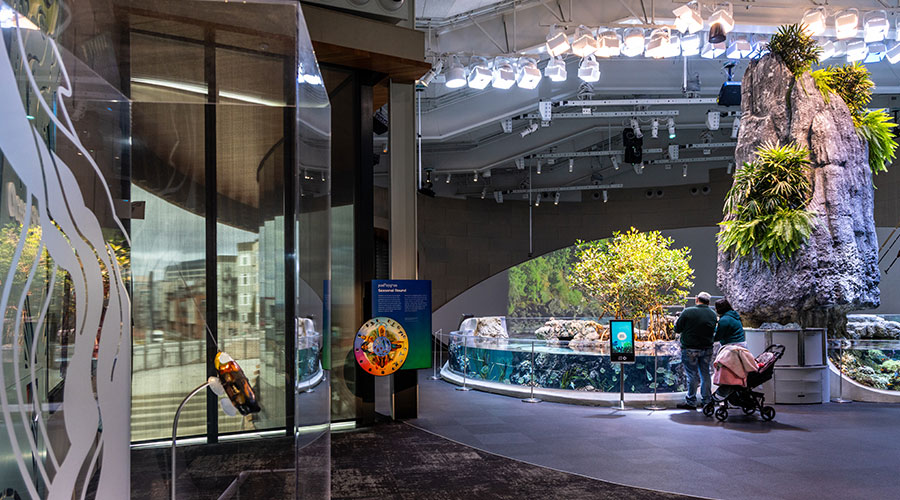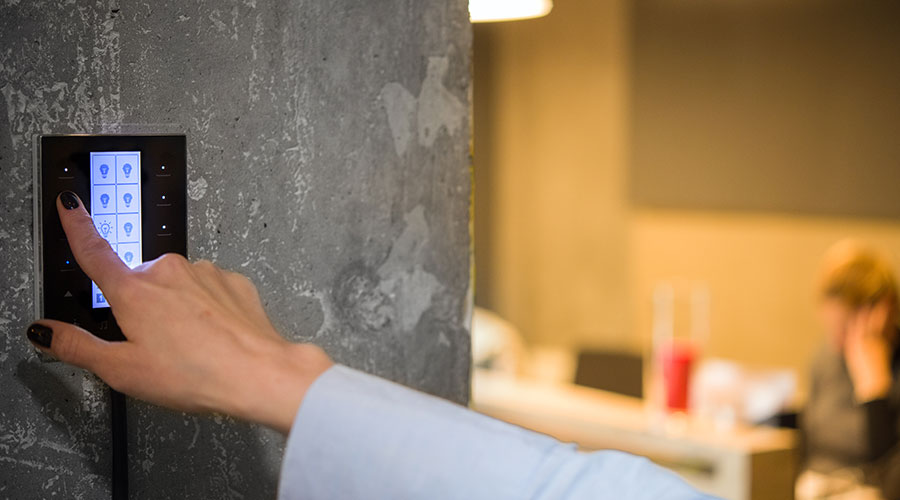When it Comes to Exterior Lighting, More is Not Necessarily Better
Regardless of whether building owners and facility managers are focusing on safety, security or both, an increase in the amount of light doesn't guarantee an increase in the amount of safety and security in an area, nor does it necessarily make people feel better.
"That's our natural response, but it's not the case," says John Bullough, a researcher with the Lighting Research Center at the Rensselaer Polytechnic Institute.
The Lighting Research Center conducted a study in Albany, N.Y., and New York City with various levels of light and found that individuals felt safe and secure at one footcandle. Anything more than that amount didn't improve their impressions, Bullough says.
"The old concept that we'll put the brightest light and throw it everywhere is misguided," says Sarah Gandy, a lighting designer with Gandy 2 Lighting Design.
High security areas, such as in some areas of college campuses and areas where security cameras are being used, may require a high level of light, but the high level of light can often be limited to just that particular space and not the surrounding area, Gandy says. Because even the dimmer areas are adequately lit, the eye can adjust to the brighter areas more easily than it could going from dark to light.
Lighting should be part of a larger strategy for safety and security, Bullough says. Having a security guard or security cameras, for example, may be other pieces of the larger strategy.
Still, people generally feel more comfortable the more light there is, as long as there isn't any glare, Aggleton says. Individuals want to be able to see the faces of other people so that they can make a rational decision as to whether that person intends to harm them. If they can't see a face, people have a tendency to feel less secure. "This is perception and not necessarily measurable," he says.
Related Topics:














